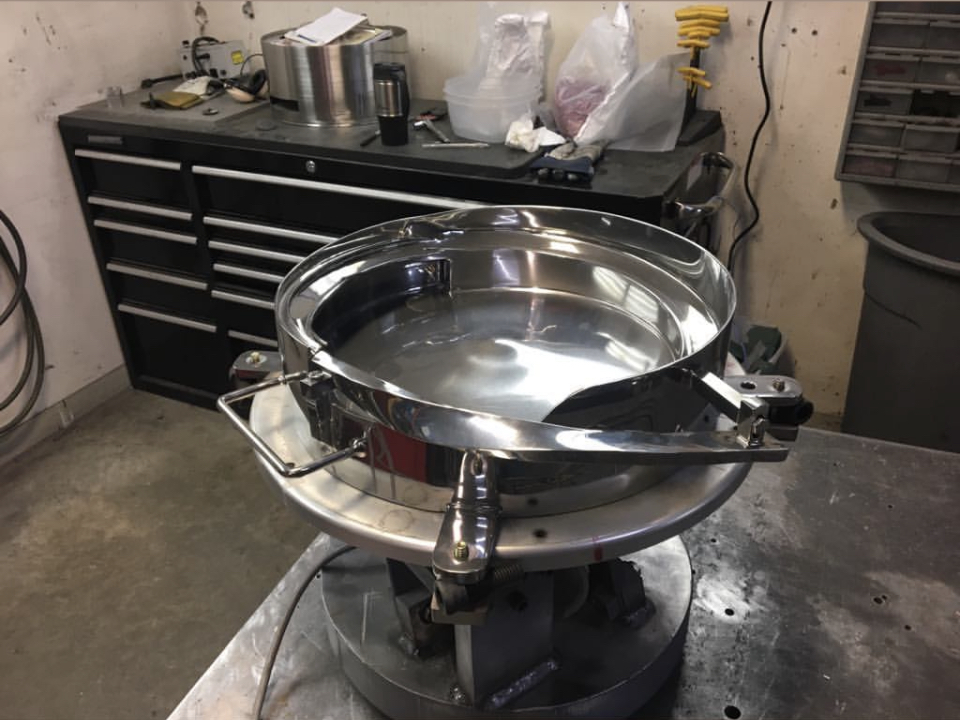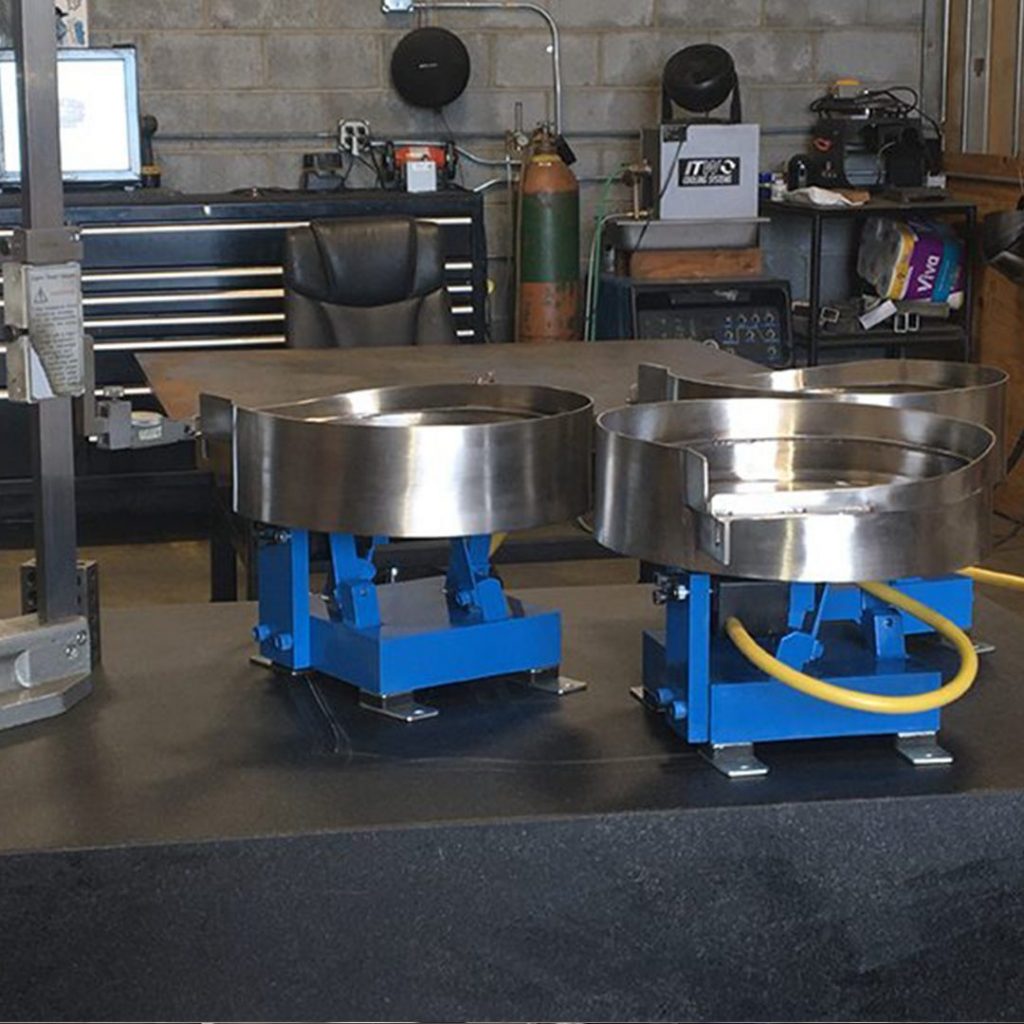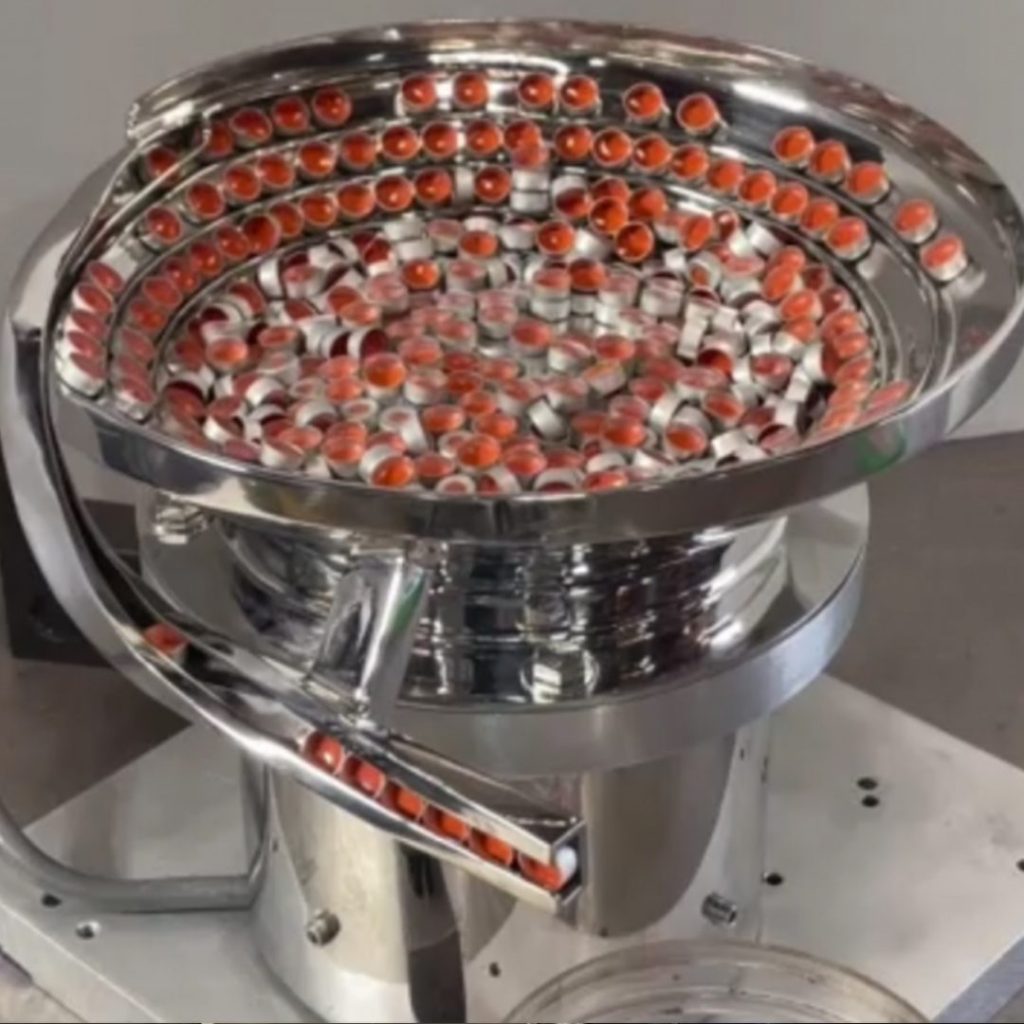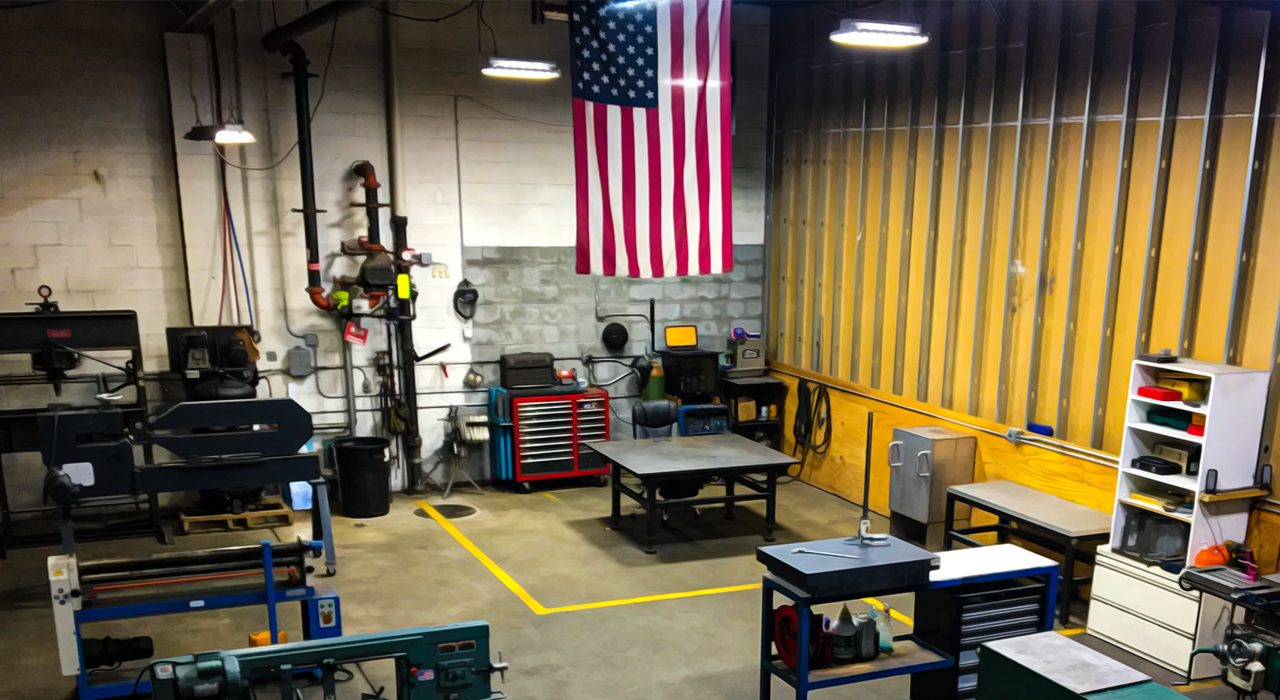
TKFabracation
Unlocking Efficiency: The Vibratory Bowl Feeder
Vibratory Bowl Feeder: In the fast-paced world of manufacturing and assembly, every second counts. Companies are constantly seeking innovative solutions to streamline their production processes, reduce errors, and increase efficiency. One such innovation that has revolutionized the industry is the Vibratory Bowl Feeder. This unassuming device has had a profound impact on various industries, from automotive to electronics. In this article, we’ll dive into what a Vibratory Bowl Feeder is, how it works, its applications, and the advantages it offers.
What is a Vibratory Bowl Feeder?
A Vibratory Bowl Feeder is a specialized automation tool designed to automate the sorting, orienting, and feeding of various parts or components in manufacturing and assembly processes. At first glance, it might resemble a simple bowl, but beneath the surface lies a powerful automation solution. We can also do Multi-Part Feeding Systems.
How Does It Work?
The magic of a Vibratory Bowl Feeder lies in its ability to use controlled vibrations to manipulate parts or components. The main components of a typical Vibratory Bowl Feeder include:
- Bowl: The bowl is typically made of stainless steel and is where parts are placed. It’s designed with a spiral track or an angled wall that allows parts to move along a specific path.
- Vibrating Drive Unit: This unit generates the vibrations that cause the parts within the bowl to move. The vibrations make the parts travel up the spiral track or along the edge of the bowl.
As the vibrations are applied, parts are subjected to forces that cause them to move upwards, align themselves, and flow in a single direction. The orientation and alignment process ensures that parts are in the correct position for further processing or assembly.
Applications of a Vibratory Bowl Feeder
The versatility and precision of Vibratory Bowl Feeder make them invaluable in a wide range of industries. Here are some common applications:
Automotive Manufacturing
In the automotive industry, precision and efficiency are paramount. A Vibratory Bowl Feeder can be used to feed various automotive components like screws, nuts, bolts, and even smaller parts with precision. This reduces the need for manual labor and minimizes errors, ultimately contributing to higher production efficiency and quality.
Electronics
In the electronics industry, where tiny components play a vital role, Vibratory Bowl Feeders can be used to feed and orient components such as resistors, capacitors, and connectors. These feeders ensure that the components are in the correct orientation for assembly, which is essential for the functionality and reliability of electronic devices.
Pharmaceutical and Medical Devices
A Vibratory Bowl Feeder can also be applied in the pharmaceutical and medical device manufacturing sectors. They are used to handle and sort small parts, such as pills or medical device components. The precise orientation they provide is crucial to maintain the quality and safety standards required in these industries.
Food and Packaging
Even the food and packaging industry can benefit from a Vibratory Bowl Feeder. They are used to align and feed items like candies, nuts, or bolts into the packaging process. This automation not only improves efficiency but also ensures consistency in the packaging of food products.
Advantages of a Vibratory Bowl Feeder
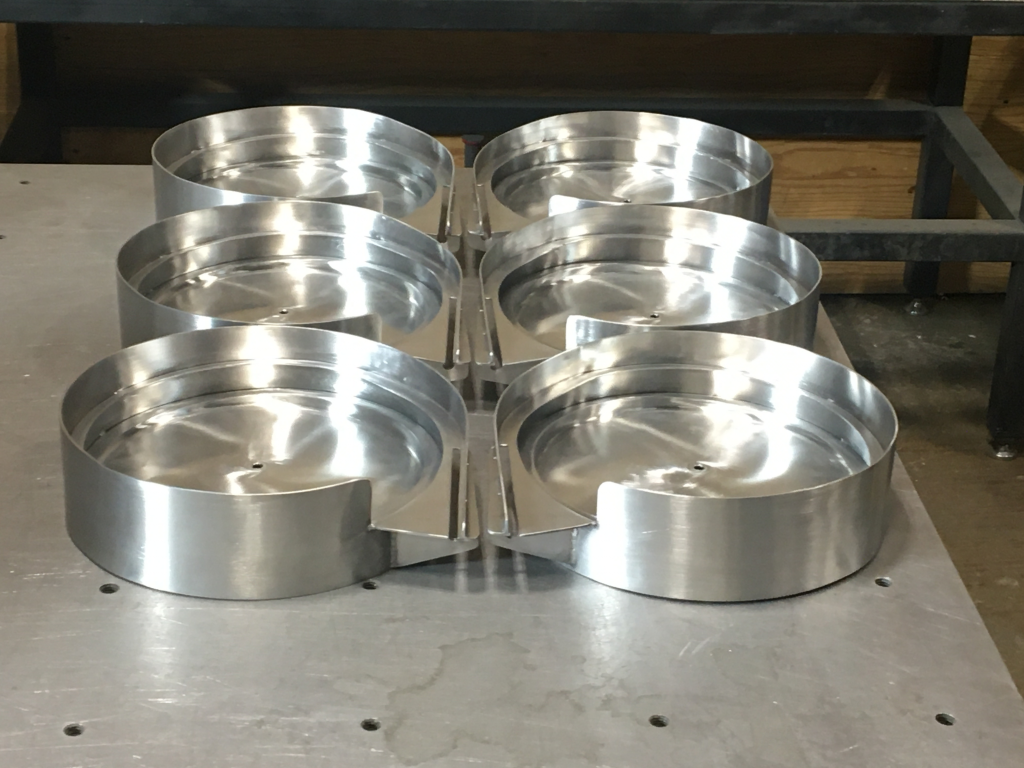
The adoption of a Vibratory Bowl Feeder offers several key advantages:
1. Efficient and Consistent Part Feeding
Vibratory Bowl Feeders are designed to handle a wide range of parts efficiently. The controlled vibrations ensure that parts are consistently oriented and fed, reducing downtime and increasing production speed.
2. Reduced Labor Costs and Increased Automation
By automating the feeding and orientation process, companies can reduce the need for manual labor, saving on labor costs. Increased automation also results in improved process efficiency and reduced human errors.
3. Customizability
Vibratory Bowl Feeders can be customized to accommodate various part sizes and shapes. This flexibility is a significant advantage, as it allows manufacturers to use the same feeder for different components, reducing the need for multiple specialized machines.
4. Low Maintenance Requirements
These feeders are designed for long-term use with minimal maintenance. This means less downtime for maintenance and more uptime for production.
5. Improved Quality Control and Reduced Errors
The precise orientation and feeding of parts reduce errors in assembly processes. This, in turn, leads to improved quality control and ensures that finished products meet the desired quality standards.
Conclusion
Vibratory Bowl Feeders have ushered in a new era of efficiency and precision in manufacturing and assembly. From automotive to electronics, pharmaceuticals to food packaging, their impact is felt across diverse industries. These unassuming devices have simplified processes, reduced labor costs, and improved quality control. As companies continue to seek innovative solutions to enhance their manufacturing processes, the Vibratory Bowl Feeder remains a reliable and invaluable tool, ensuring the smooth and efficient flow of parts.
In the fast-paced world of manufacturing, every second counts, and Vibratory Bowl Feeders have proven time and again that they are the key to unlocking efficiency and precision in the assembly line. As technology advances, we can only expect these innovative devices to become even more integral to the production process.
Check out my YouTube and Instagram sites for more pictures and videos of our work.
